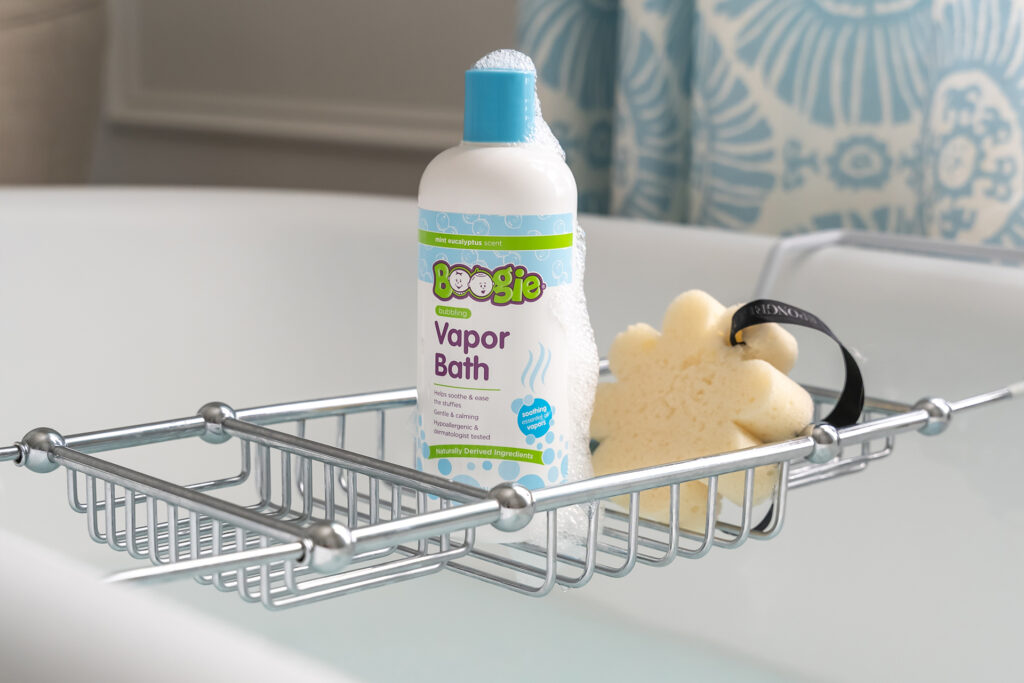 It is not uncommon for an infant's skin and eyes to be yellow. A hospital nurse will take a blood sample by pricking the baby's heel and will undoubtedly recommend frequent breast-feeding. If you're breast-feeding, don't give the baby water by bottle – it can upset the breast-feeding and make the jaundice worse.
It is not uncommon for an infant's skin and eyes to be yellow. A hospital nurse will take a blood sample by pricking the baby's heel and will undoubtedly recommend frequent breast-feeding. If you're breast-feeding, don't give the baby water by bottle – it can upset the breast-feeding and make the jaundice worse.
Normal Jaundice
Babies have extra red cells in their blood. The red pigment (hemoglobin) is packaged through the liver after the red cell has done its life work. Babies' young livers have not yet got into top speed to manage all of this packaging. The extra pigment is yellow (bilirubin). As the child's liver becomes more efficient, the jaundice disappears.
Memo: Some jaundiced babies need extra help and are placed under phototherapy light while they are in the hospital. These lights help the body flush out the jaundice more quickly.
While babies are under phototherapy lights, they are in a special plastic house (isolette) and naked except for a pair of cloth sunglasses.
Normal jaundice usually peaks about day 4 and then gradually decreases, although babies who are breast-feeding often look a little yellow for several weeks, even though they are perfectly well. There is no reason to stop breast-feeding provided their doctor has checked them, they are growing well and the jaundice gradually becomes less.
Not Normal Jaundice
There are many other causes of jaundice and phototherapy is more likely to be used in these situations. Other causes include blood group differences between mother and baby, unusual baby bruising, liver or blood problems, and prematurity. BCCE









